While global energy consumption continues to rise, and conventional oil reserves continue to diminish, more and more emphasis is being placed on maximizing production methods for heavy oil and bitumen reserves. CHORUS is a dynamic collaboration between university researchers and heavy oil industry partners involving a unique research team working in the areas of integrated reservoir characterization, reservoir simulation, seismic, rock physics and geochemistry. The research team consists of many outstanding scientists who deal with the cold production problems associated with today’s heavy oil industry. The CHORUS team project is located in the Geoscience and the Chemical & Petroleum Engineering Departments at the University of Calgary, and the Physics Department at the University of Alberta. The industry sponsors include major heavy oil industry companies from Canada, Alaska, Venezuela, Eastern Europe , Russia, Kuwait, Iran and China. The collaboration between major heavy oil industry companies and CHORUS is currently very strong and this is expected to continue into the future. The CHORUS Project, by developing a research program involving fundamental and applied research of key importance to the emerging Canadian heavy oil industry exemplifies the success of an NSERC Collaborative Research and Development Grant. Over a period of six years, CHORUS has more than tripled its industry support base and is now recognized internationally as the leading heavy oil cold production reservoir characterization and integrated seismic research team.

The CHORUS research team is comprised of four University of Calgary faculty members and one member from the University of Alberta. From the University of Calgary, the Principal Investigator is Dr. Larry Lines, Chief seismic researcher. Other investigators include Dr. Steve Larter, geochemistry; Dr. Mehran Pooladi-Darvish, reservoir engineering; and Dr. Tony Settari, who is the expert/chief of reservoir simulation. Dr. Doug Schmitt, an expert in rock physics, is from the University of Alberta. Additional project personnel are eight Ph.D. students, six M.Sc. students, two postdoctoral researchers, two research associates and an administrative/ research associate project manager. Other University of Calgary collaborators include the Geochemistry Research Team and the Petroleum and Chemical Engineering heavy oil and oil sands reservoir modeling and simulation engineering special team.

Subsequent to receiving the two NSERC CRD grants, CHORUS has continued its integrated science team research program, and currently has fourteen industry/seismic processing industry partners. This increase in industrial sponsorships has occurred as a direct result of publications, presentations and technology transfer generated by the CHORUS Project. These include papers and technical journal reports that have been published in several national and international geological, geophysics, geochemical and reservoir engineering journals and presentations that have been made at many national and international heavy oil meetings, workshops and several other Canadian/International Heavy Oil Industry symposia. Several of these integrated science papers and presentations have received both national and international recognition, as well as awards from industry and professional scientific organizations and societies. CHORUS researchers have led, and will be leading, some heavy oil tar sands field trips within Alberta, Alaska, Kuwait and Saskatchewan as well as providing short courses for our heavy oil industry sponsors. CHORUS has been actively involved in three heavy oil fields, including Bodo field at Provost, Alberta, Plover Lake, Saskatchewan, and the Kuparak heavy oil field in Alaska. In the near future, CHORUS will be working with the Kuwait National Heavy Oil operations and the China National Oil Corporation at heavy oil fields located throughout the globe.
The role of the industry partners is significant, of great importance for the Alberta Tar Sands and Canadian/global Heavy oil recovery and has great Canadian/global economic value. The primary objective of the CHORUS Project is to work within the Canadian/global heavy oil industry and to integrate the various industry and university research reservoir characterization teams to utilize advanced rock physics, geophysical, geosciences and reservoir engineering techniques that are crucial to heavy oil exploration, development and the successful recovery methods of the new more economic methods of heavy oil cold production processes. Methodologies are being developed for integrating existing seismic imaging tools with reservoir engineering tools for evaluating heavy oil recovery processes. In addition, each industry partner provides one or two representatives who act as a liaison between the CHORUS research team and their heavy oil industry company. This provides the critical technical feedback necessary for future research directions, possible field data projects, as well as technical results and discussions that are included at an annual industry sponsors meeting. An executive committee representing the industry partners is in frequent contact with the CHORUS research team and the Project Manager by email/phone to provide technical and field data set information support.
Complex numerical modeling is of particular interest to the field operators. Ideal predictions can assist oil producers to not only design better pumping schemes for sand control, but also optimize oil production and ensure wellbore stability. In one CHORUS paper, the authors presented an integrated modular approach to quantitatively predict sand production and enhanced oil recovery. A modular approach was then adopted to effectively take advantage of the existing advanced standard reservoir and stress-strain codes. The model was implemented into three integrated computational modules, i.e. the erosion module, the reservoir module, and the geomechanics module. The stress, flow and erosion equations were solved separately for each time increment, and the coupling terms (porosity, permeability, plastic shear strain, etc) were passed among them or iterated until convergence was achieved on a time step basis. Numerical results of field studies were presented to illustrate the capabilities of the model. The effects of foamy oil flow and sand production were also examined to demonstrate the impact on the enhanced hydrocarbon recovery. The reservoir model was ready to be used in conjunction with 4-D seismic analysis to tune the erosion parameters and aid in the improvement of the seismic interpretation.
To-date, thermal recovery methods have been utilized to unlock both types of reserves. But with rising natural gas prices, producers are seeking alternative production methods that will minimize their operating costs. The stakes are high since the nation’s oil sands are estimated to contain 1.7 to 2.5 trillion barrels. According to the Alberta Energy and Utilities Board (EUB), the oil sands contain about 177 billion barrels of oil recoverable with current technology. But, as much as 90 per cent of this vast resource is not recoverable using surface mining techniques. Until recently, the only way to produce these unreachable reserves was to use a thermal production method known as steam assisted gravity drainage (SAGD). Furthermore, the dependence on bitumen and heavy oil reserves will continue to rise. Alberta’s oil sands are expected to generate nearly 2 million barrels per day (bbl/d) of crude oil – representing more than half (67 per cent) of Canada’s projected total crude oil production by 2010. Then by 2015, crude oil demand in North America is anticipated to rise to 28 million bbl/d. Oil sands will be a large part of the supply equation, accounting for about 14 per cent (4 million barrels) of this demand, with the remainder having to be imported mostly from OPEC countries.
“Heavy oil is our future,” says Joan Embleton, Consortium for Heavy Oil Research by University Scientists (CHORUS) project manager. “Producers have to start looking at heavy oil as a way for sustainability.” Hence one of the world’s largest research consortium (CHORUS) was developed for the specific area of heavy oil cold real data production fields at the University of Calgary. This consortium is researching the integrated cold heavy oil production industry needs by evaluating seismic methods for monitoring heavy oil recovery processes such as time-lapse seismic data and interpretation of the results. The preliminary results reveal promise in detecting changes in gas saturation. A primary goal of CHORUS is to integrate time-lapse seismology, seismic modeling, and reservoir characterization. This detailed analysis will help the sector better understand the reservoir characteristics of this viscous resource for increased optimization. Cold production is already being utilized in Canada/Alaska/Kuwait and is gaining ground as a viable means to produce the heavy oil due to the growing use of progressing cavity pumps (PCP). These pumps act like augers and suck both sand and oil into the well. With no natural gas required like with thermal production methods, the biggest benefit of cold production is that it provides producers with energy savings. At the onset of cold production, the PCPs produce about 60 per cent oil and 40 per cent sand. Within about three months, these ratios improve to about 95 per cent oil. These production improvements are attributed to the development of high porosity tubes known as “wormholes.” These wormholes tend to spread horizontally creating a network of wells without having to use a drilling rig.
With cold production, after the heavy oil is brought to surface by the PCPs, a settling tank then separates the oil and sand. Trucks would then routinely visit the production site to remove the produced oil and clean sand from the tanks. In order to understand all of the characteristics of the cold production and its interconnecting wormholes, CHORUS is now embarking on a rock physics measurement in Nexen’s Plover Lake field that is located about eight km east of the Alberta-Saskatchewan border. This detailed analysis will further enable geologists and engineers to understand and maximize cold production that normally recovers between five per cent and 10 per cent, but can have recovery rates ranging as high as 25 per cent. “We have the Canadian capabilities and by developing this integrated research consortium in Canada, we will keep the technology Canadian,” adds Embleton. She added that now is the time for the learning curve for sustainable energy in the tar sands. And since oil sands are found globally, these home grown innovations could then be shared in the international community.
CHORUS expects to have some very interesting developments this upcoming year as they continue to grow. Please contact Joan Embleton at (403) 220-2796 or jembleto@ucalgary.ca with any questions about the CHORUS project or possible collaboration opportunities. Visit the CHORUS website at www.geoscience.ucalgary.ca/chorus.
Seismic and Engineering Analysis in the Reservoir Characterization for CHORUS Cold Production Heavy Oil Project Fields
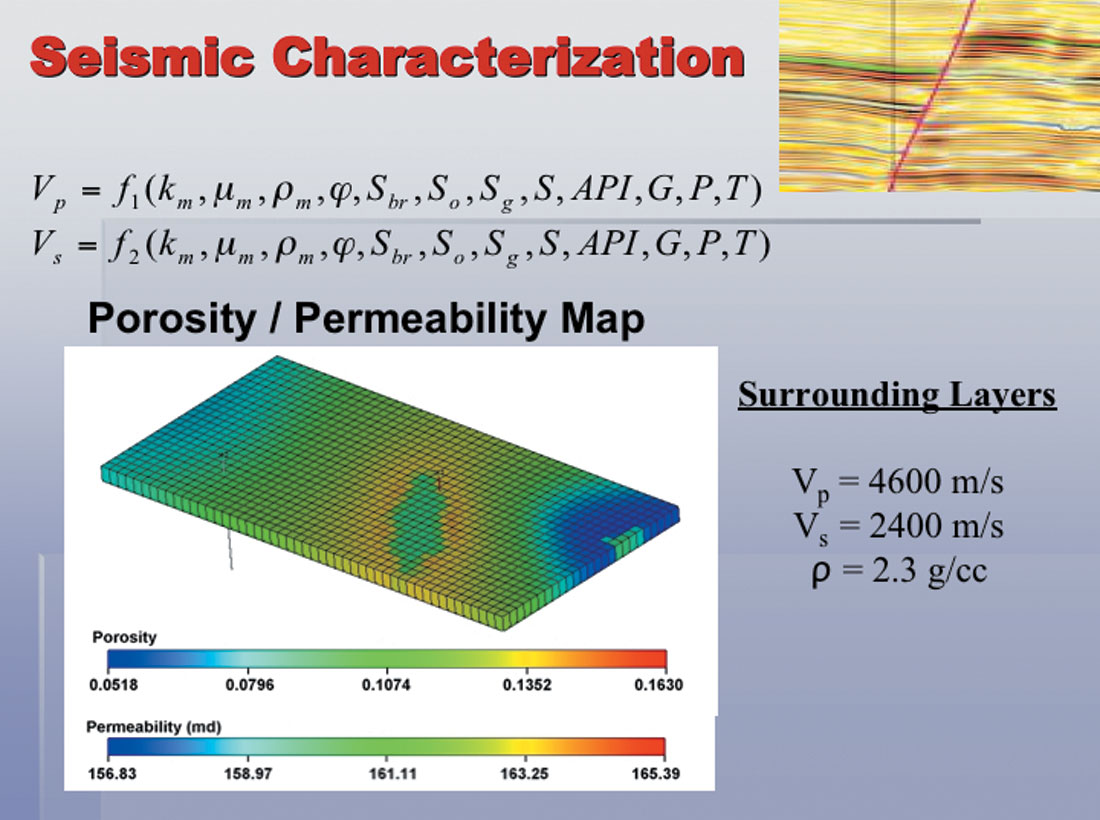
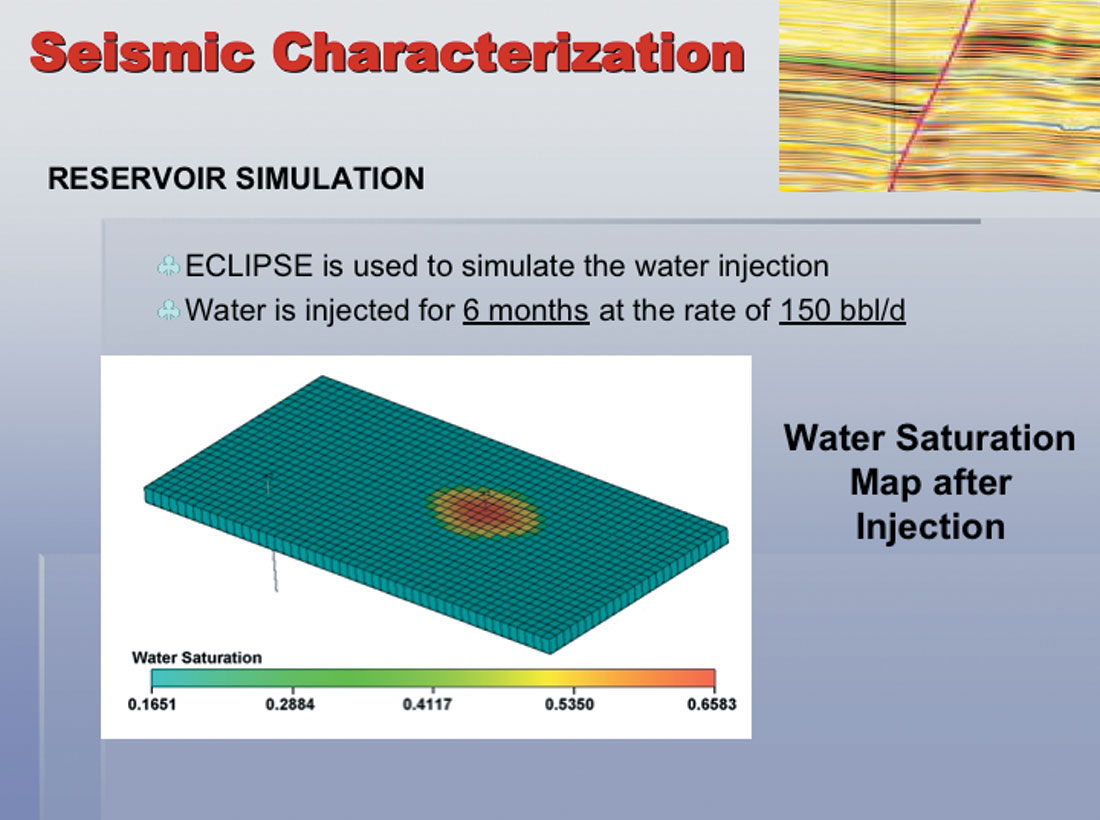


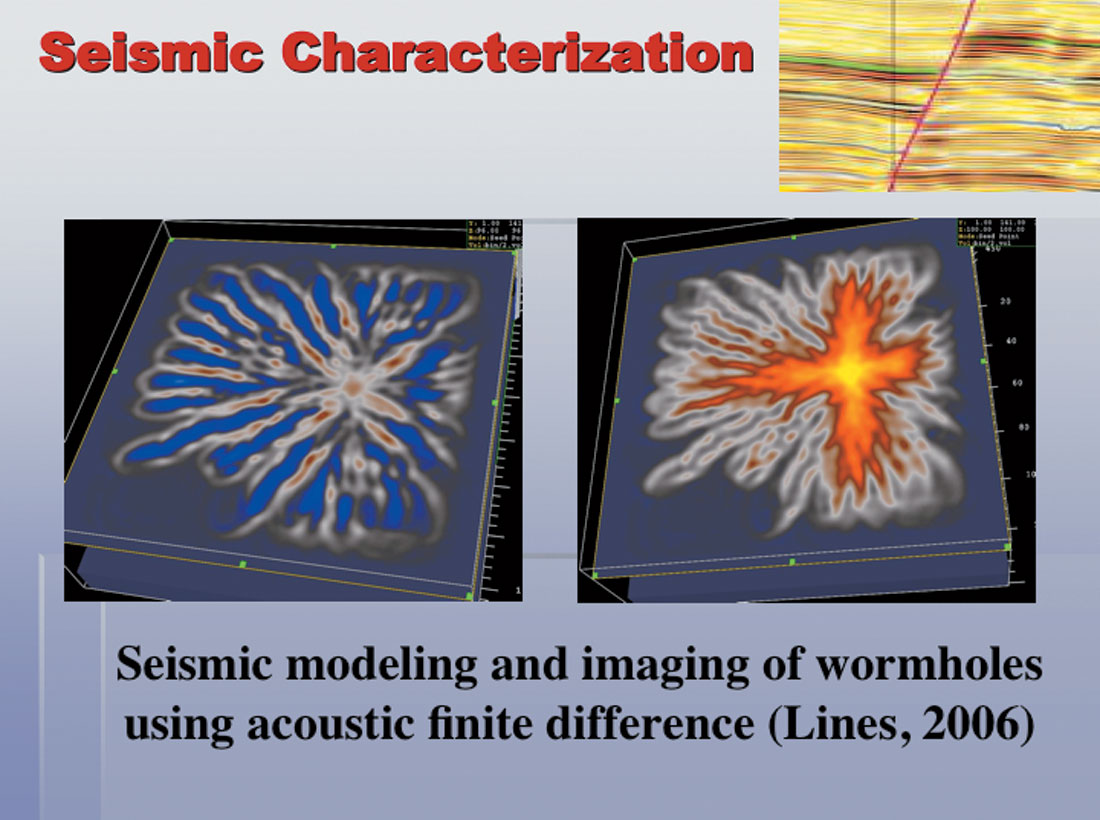

Geochemistry Analysis in the Reservoir Characterization for CHORUS Cold Production Heavy Oil Project Fields

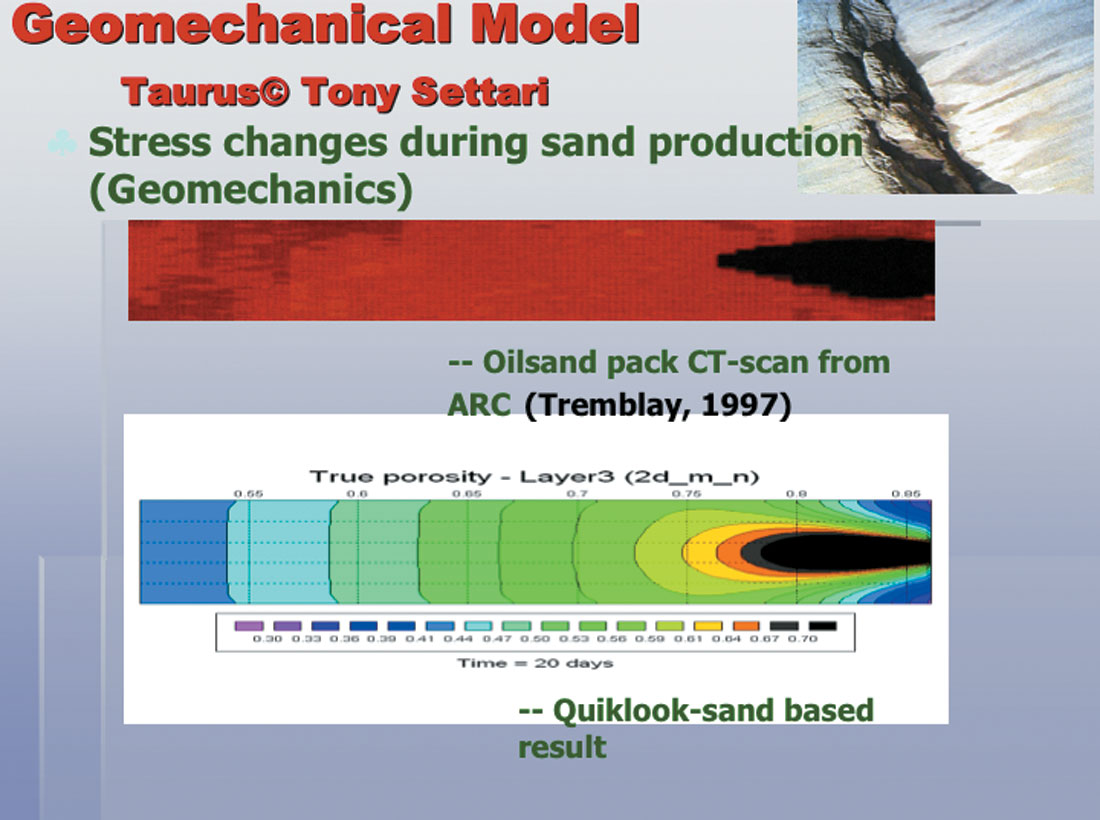
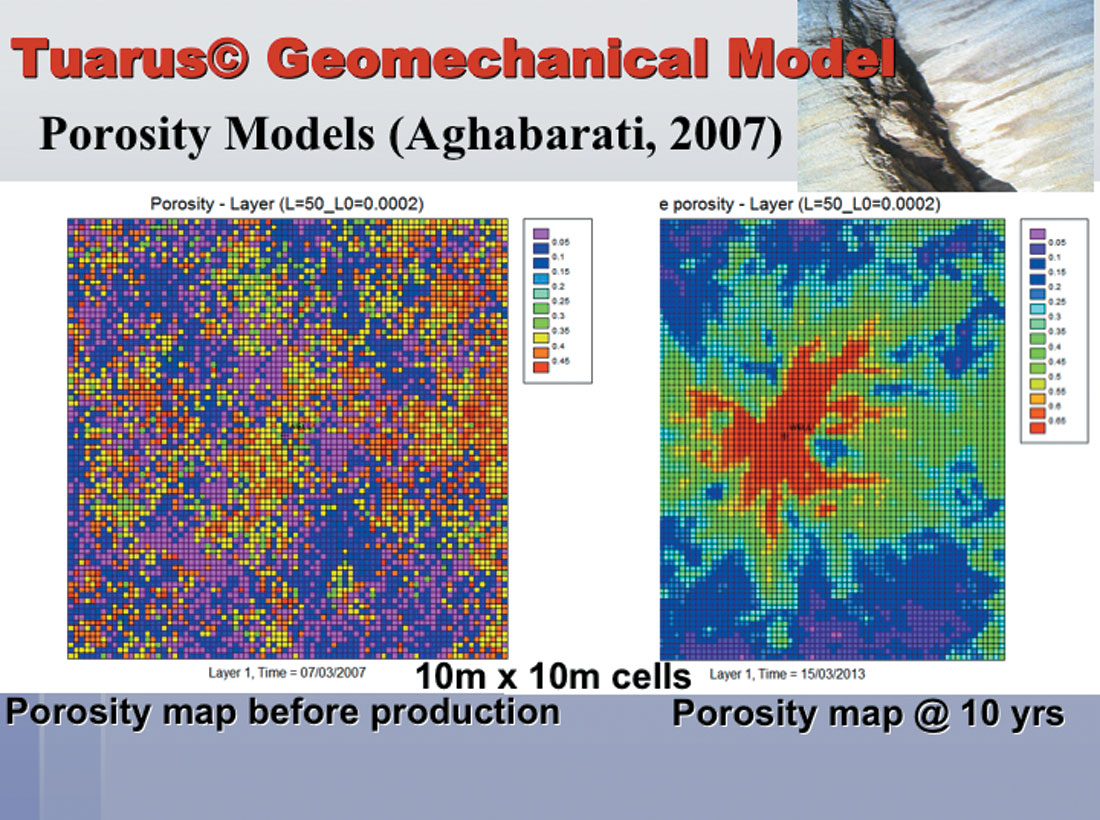
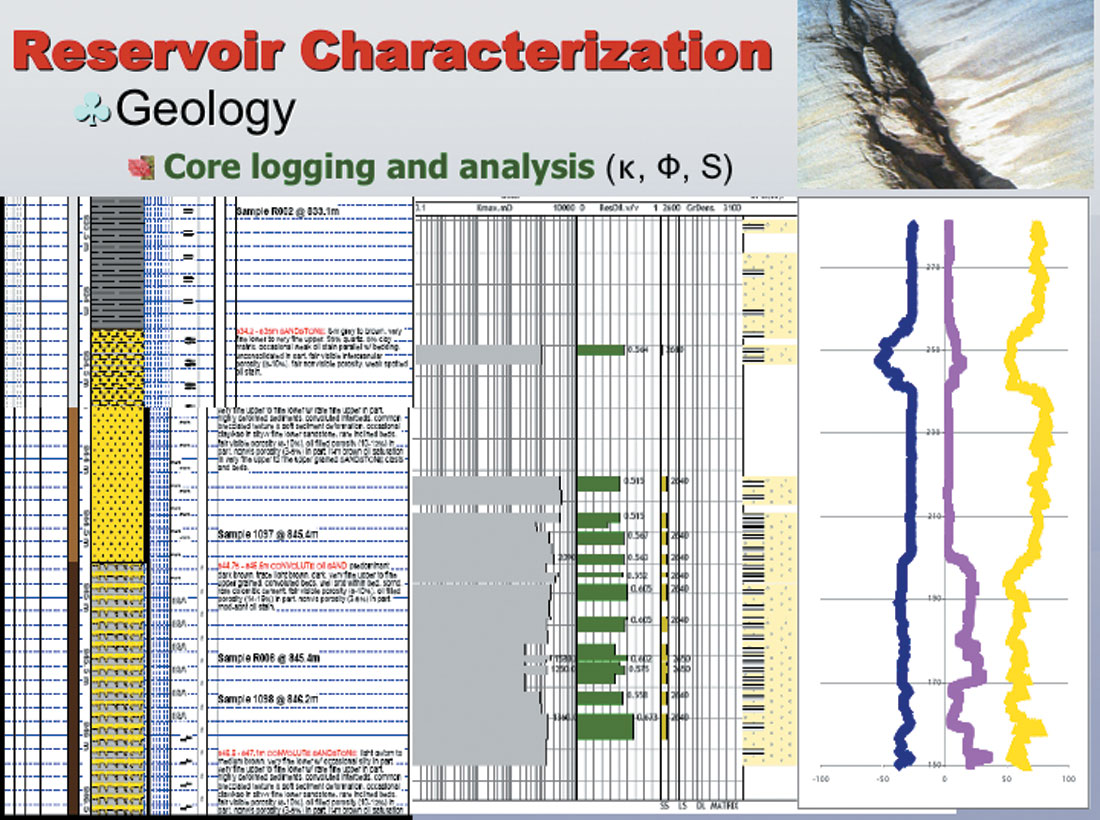
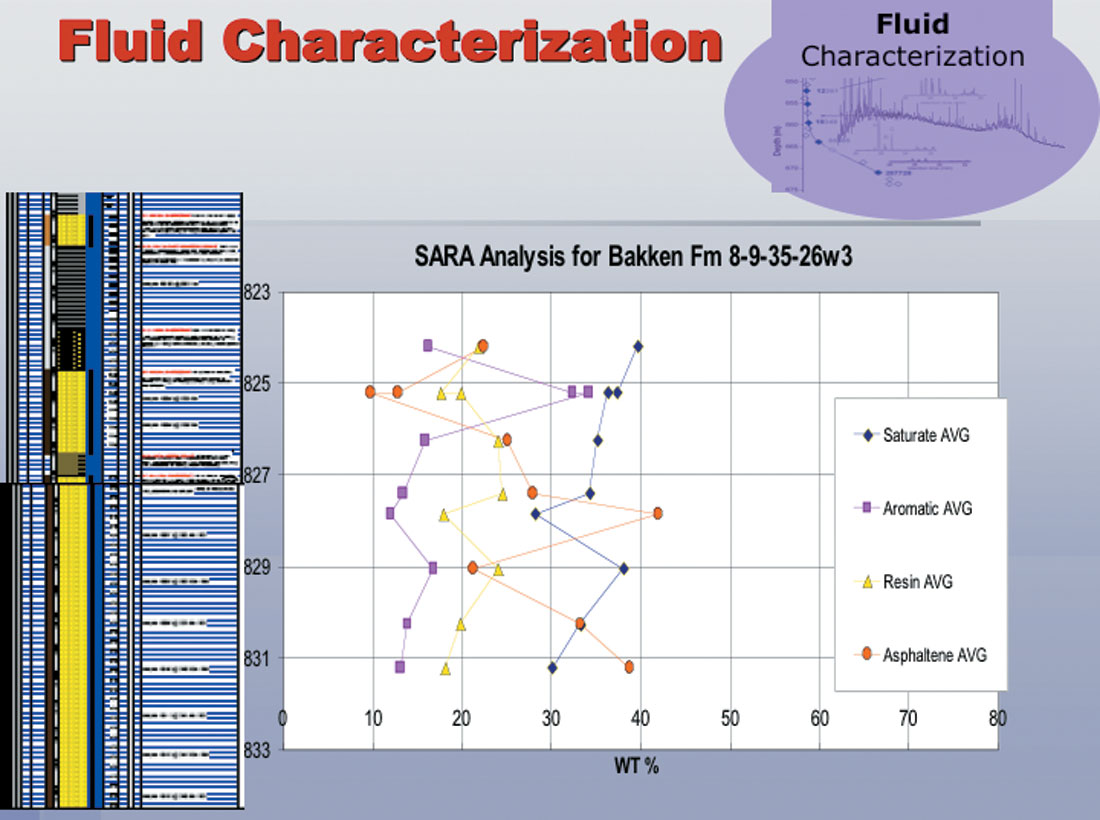
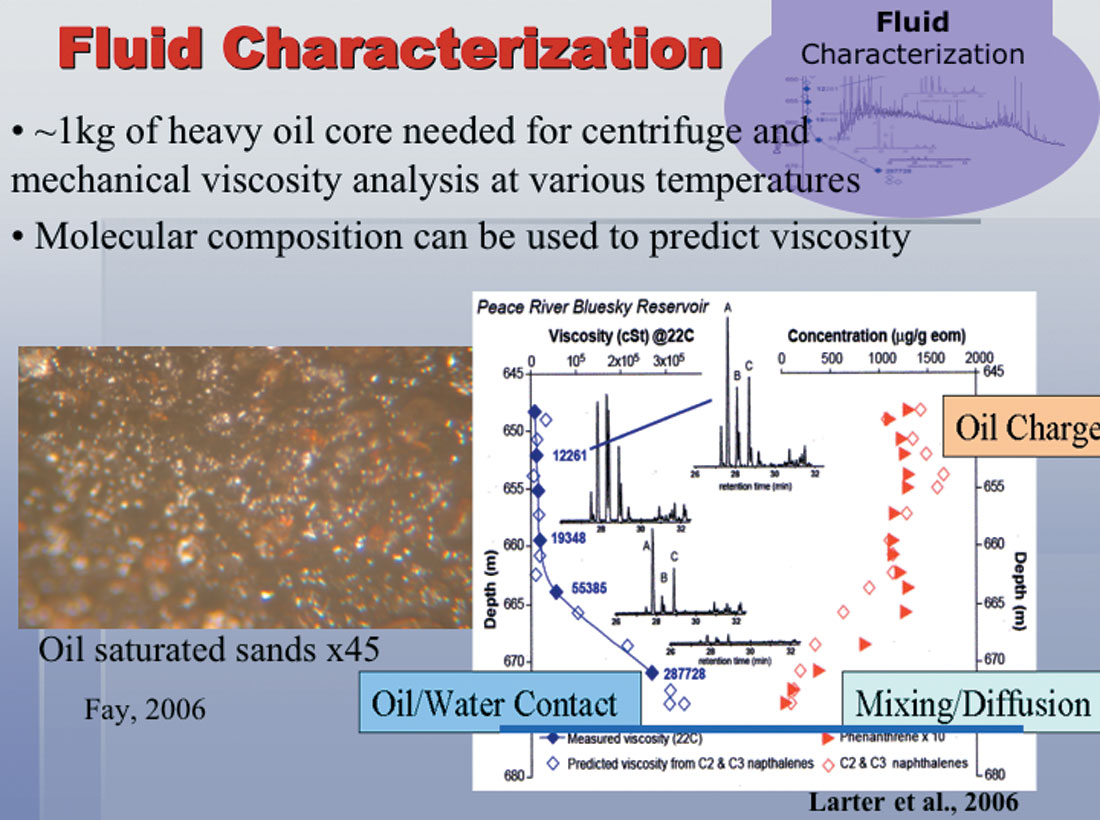
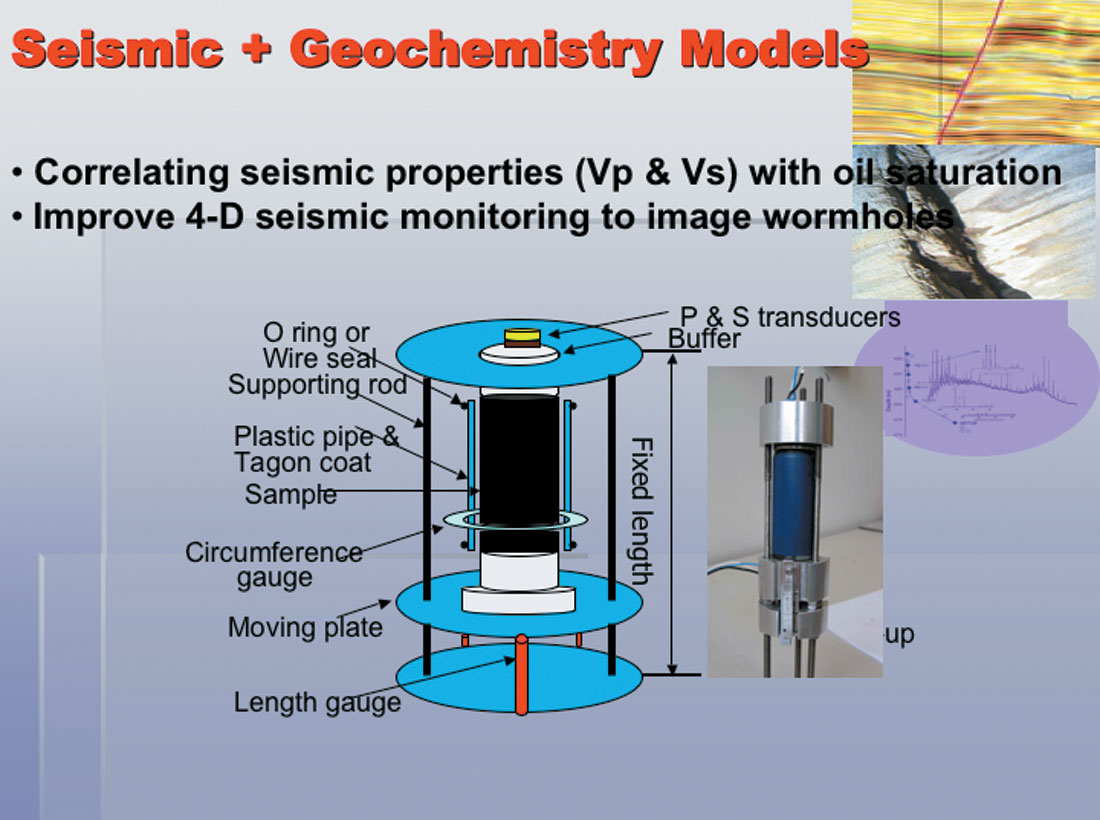











Join the Conversation
Interested in starting, or contributing to a conversation about an article or issue of the RECORDER? Join our CSEG LinkedIn Group.
Share This Article